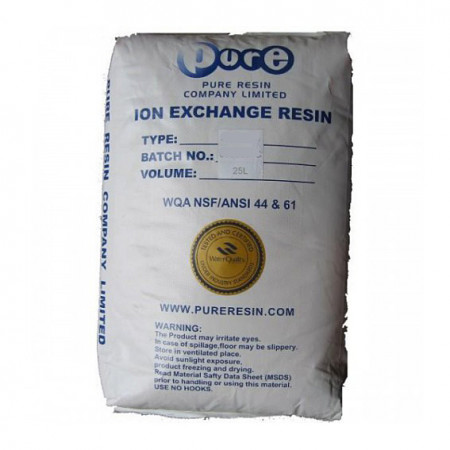How to Remove Nitrate and Nitrites in Water Supply
Introduction
Water is an essential resource for all living organisms, including humans. However, the presence of certain contaminants, such as nitrate and nitrites, can make water unsafe to drink. In this article, we will explore effective methods to remove nitrate and nitrites from your water supply, ensuring the safety and quality of your drinking water.
The Dangers of Nitrate and Nitrites
Nitrate and nitrites are chemical compounds that can occur naturally in water sources or be introduced through industrial or agricultural activities. While they are not harmful in small amounts, elevated levels of nitrate and nitrites in drinking water can have serious health implications.
High nitrate levels in water can lead to a condition called methemoglobinemia, also known as "blue baby syndrome." This condition affects the oxygen-carrying capacity of red blood cells, particularly in infants, causing a bluish discoloration of the skin. Prolonged exposure to high nitrate levels can also increase the risk of certain types of cancer.
Removing Nitrate and Nitrites
To ensure the safety of your drinking water, it is crucial to remove excess nitrate and nitrites. Here are some effective methods:
Reverse Osmosis
Reverse osmosis is a widely used and effective method for nitrate and nitrite removal. This process involves forcing water through a semi-permeable membrane that filters out contaminants, including nitrates and nitrites. Reverse osmosis systems are readily available for household use and can provide an efficient solution for improving water quality.
Ion Exchange
Ion exchange is another method commonly used to remove nitrate and nitrites from water. In this process, a special resin is used to exchange nitrate and nitrite ions for chloride or sulfate ions. While ion exchange can be effective, it requires regular regeneration of the resin to maintain its efficacy.
Biological Denitrification
Biological denitrification is a natural process that utilizes microorganisms to convert nitrates and nitrites into harmless nitrogen gas. This method is typically employed in larger-scale water treatment plants. However, it may not be suitable for small-scale residential use due to the complexity and maintenance requirements involved.
Conclusion
Removing nitrate and nitrites from your water supply is essential to ensure safe drinking water for you and your family. While there are several methods available, including reverse osmosis, ion exchange, biological denitrification, and activated carbon filtration, it is important to choose the most suitable method based on your specific needs and circumstances. Regular testing of your water quality is also recommended to monitor nitrate and nitrite levels and take necessary actions accordingly. By taking these proactive measures, you can enjoy clean and healthy water for years to come.
800GPD Direct flow Reverse Osmosis Drinking Water System
Next Generation Tankless On-Demand Reverse Osmosis Water Purifier Tankless on-demand Drinking W..
£345.00
Aqua Perfecta Fresca upto 1000GPD RO Direct flow stainless steel reverse osmosis system
Next Generation Tankless On-Demand Reverse Osmosis Stainless Steel Water Purifier Tankless on-d..
£265.00
Nitrates Removal Water Filter Cartridge
Nitrates Removal Water Filter CartridgeFor use in areas where nitrate in the drinking water proves p..
£24.00
Pure Resin PA 202 Nitrates Removal Media
PA 202 Nitrate resinPA 202 is a strongly basic anion exchanger for removing nitrate and nitrite from..
£384.00
Tannin Reduction Resin Cartridge
Tannin Reduction Resin Filter CartridgeP.O.U A500P Resin CartridgeA500P is a macroporous poly(vinyl ..
£19.73







